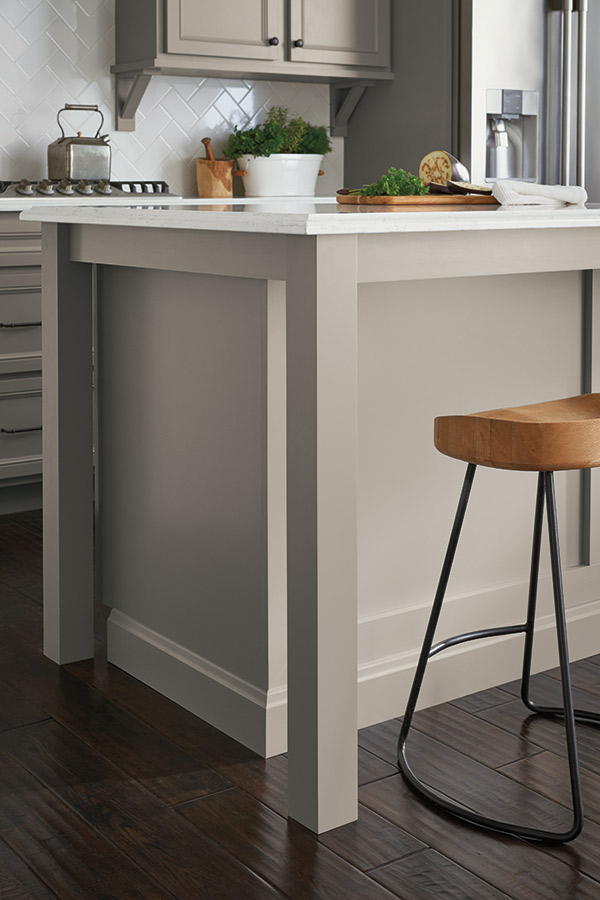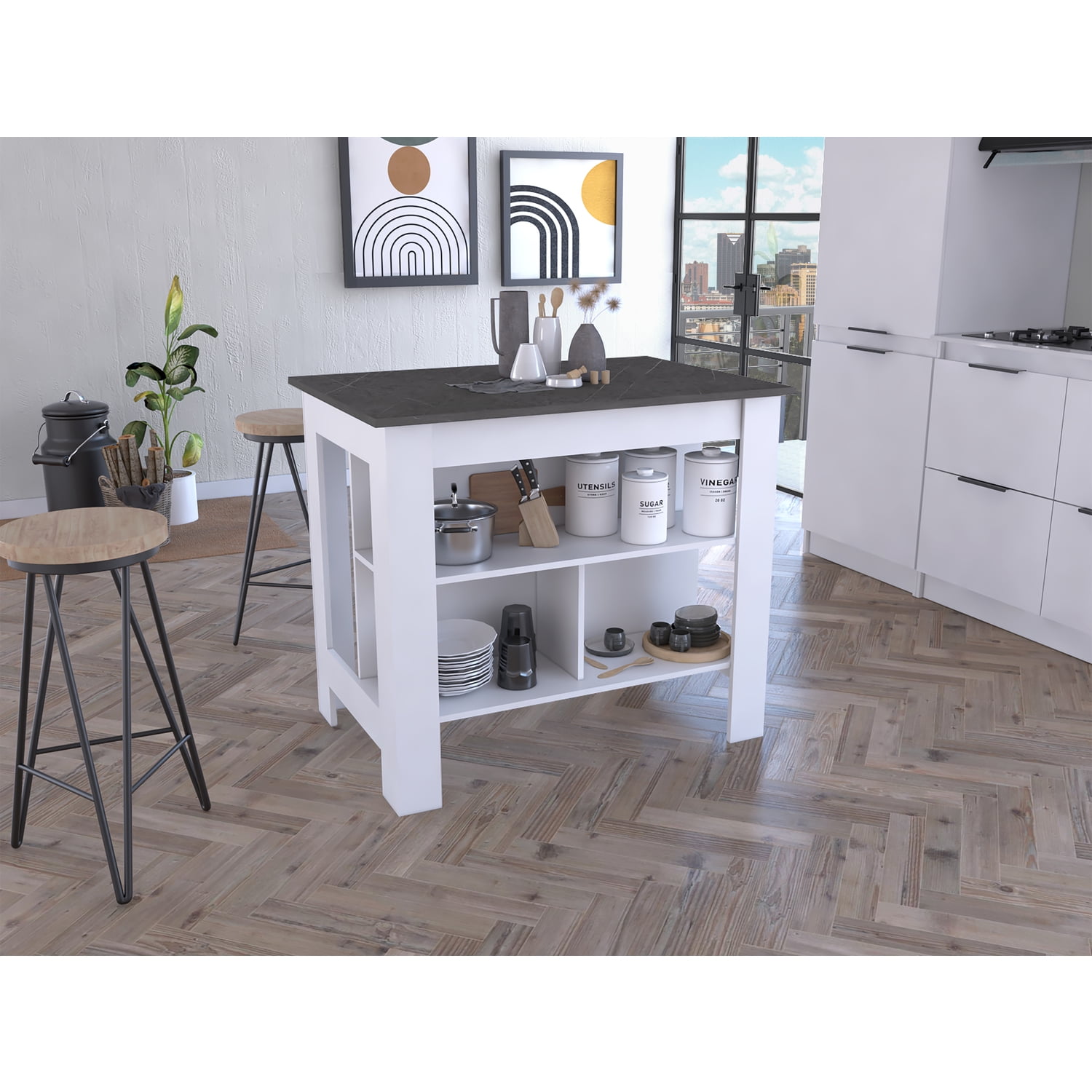Discover Timeless Options in Classic Legs For Kitchen Island Styles
Discover Timeless Options in Classic Legs For Kitchen Island Styles
Blog Article
Vital Aspects to Take Into Consideration When Picking Legs For Cooking Area Island
Selecting the appropriate legs for a kitchen island involves a careful analysis of numerous variables that can dramatically affect both capability and visual charm. Among these, the choice of material plays a crucial duty in making certain longevity, while the layout needs to match the existing design. Furthermore, considerations such as elevation and weight assistance are vital for stability and convenience. As we discover these aspects, it becomes clear that each choice can have significant implications for the total kitchen area experience. What nuances should be taken into consideration in each of these classifications to achieve the ideal equilibrium?
Product Options
When selecting legs for a kitchen area island, understanding the different product options is necessary for achieving both visual allure and structural stability (Legs For Kitchen Island). The selection of material considerably affects not just the sturdiness of the island yet also its general style and capability
Wood is a prominent option, supplying warmth and flexibility. Strong woods, such as oak or maple, give strength and can be discolored or painted to match the kitchen area style. Steel legs, frequently made from stainless steel or functioned iron, contribute a modern-day and commercial feeling while guaranteeing toughness and security. These products are immune to put on and can sustain significant weight, making them excellent for bigger islands.
Another option is crafted products, like MDF or plywood, which can be a lot more economical while still using a variety of surfaces. However, they might not give the very same level of stability as strong timber or metal. Materials such as acrylic or glass can develop a modern look, though they might call for added support to make sure stability.
Inevitably, the option of material for kitchen island legs need to line up with the wanted performance and the overall motif of the kitchen area.
Design and Style

When thinking about style, the form and finish of the legs are essential. Conical legs can provide a feeling of lightness and style, while thicker, much more durable legs can communicate toughness and stability. In addition, the finish-- be it repainted, stained, or all-natural-- should match the cabinetry and counter top products to create a unified appearance.
Moreover, the style of the legs can additionally show individual preference. Customized or attractive legs, such as those featuring complex makings or distinct geometric forms, can offer as centerpieces, adding personality and individuality to the kitchen. Eventually, the right choice will not just boost functionality however additionally boost the aesthetic appeal, making the kitchen area island a standout attribute of the home.
Height Considerations
Selecting the suitable height for kitchen island legs is crucial, as it straight influences both capability and convenience. The this content conventional height for a kitchen island typically varies from 36 to 42 inches, straightening with typical countertop heights.

It is additionally necessary to represent users' elevations and preferences. Customizing the elevation can make sure a comfortable experience for all relative, making the cooking area island a much more pleasurable and useful area.
Weight Support
Making certain appropriate weight support for kitchen area island legs is vital for both safety and security and functionality. The cooking area island typically offers several objectives, including food prep work, dining, and extra storage space, requiring a durable support structure. When picking legs, it is important to take into consideration the general weight ability required based on the island's planned usage and the materials that will certainly be put on it.
The choice of product for the legs plays a substantial role in their weight-bearing abilities. Strong wood, metal, and durable compounds generally offer premium strength compared to lighter materials. Furthermore, the design of the legs-- whether they are straight, tapered, or have a pedestal type-- can affect their capacity to distribute weight efficiently across the framework.
Always seek advice from the producer's specs concerning load limits to ensure that the legs can maintain the designated weight without jeopardizing safety. In summary, picking cooking area island legs with appropriate weight support is important for creating a practical and safe cooking area.
Setup and Maintenance
Correct installation and upkeep of cooking area island legs are vital for making certain longevity and security. This often includes safeguarding the legs to the island base using suitable bolts, ensuring that the legs are level and straightened.
Once installed, routine upkeep is necessary to preserve the stability and look of the legs - Legs For Kitchen Island. For wood legs, periodic cleaning with a damp fabric and application of appropriate timber gloss can prevent moisture damage and preserve their coating. Metal click here for info legs might need a mild cleaning solution to eliminate grease and gunk, complied with by a completely dry towel to prevent rust formation
In addition, evaluate the legs consistently for indicators of wear or damage, such as cracks or loosened joints. Tightening screws or screws as needed can also lengthen the life expectancy of the legs. By sticking to these setup and maintenance techniques, property owners can ensure that their cooking area island stays sturdy and aesthetically appealing for years ahead.
Conclusion

Visual coherence is critical in picking the style and style of legs for a cooking area island, as these elements considerably affect the overall ambiance of the area. Conical legs can provide a sense of agility and style, while thicker, more robust legs can communicate toughness and stability.Choosing the suitable elevation for cooking area island legs is crucial, as it directly affects both performance and convenience. In recap, picking kitchen island legs with adequate weight support is vital for developing a secure and useful culinary space.
In conclusion, selecting legs for a kitchen island necessitates careful consideration of various factors, including material options, design, elevation, weight assistance, and installment.
Report this page